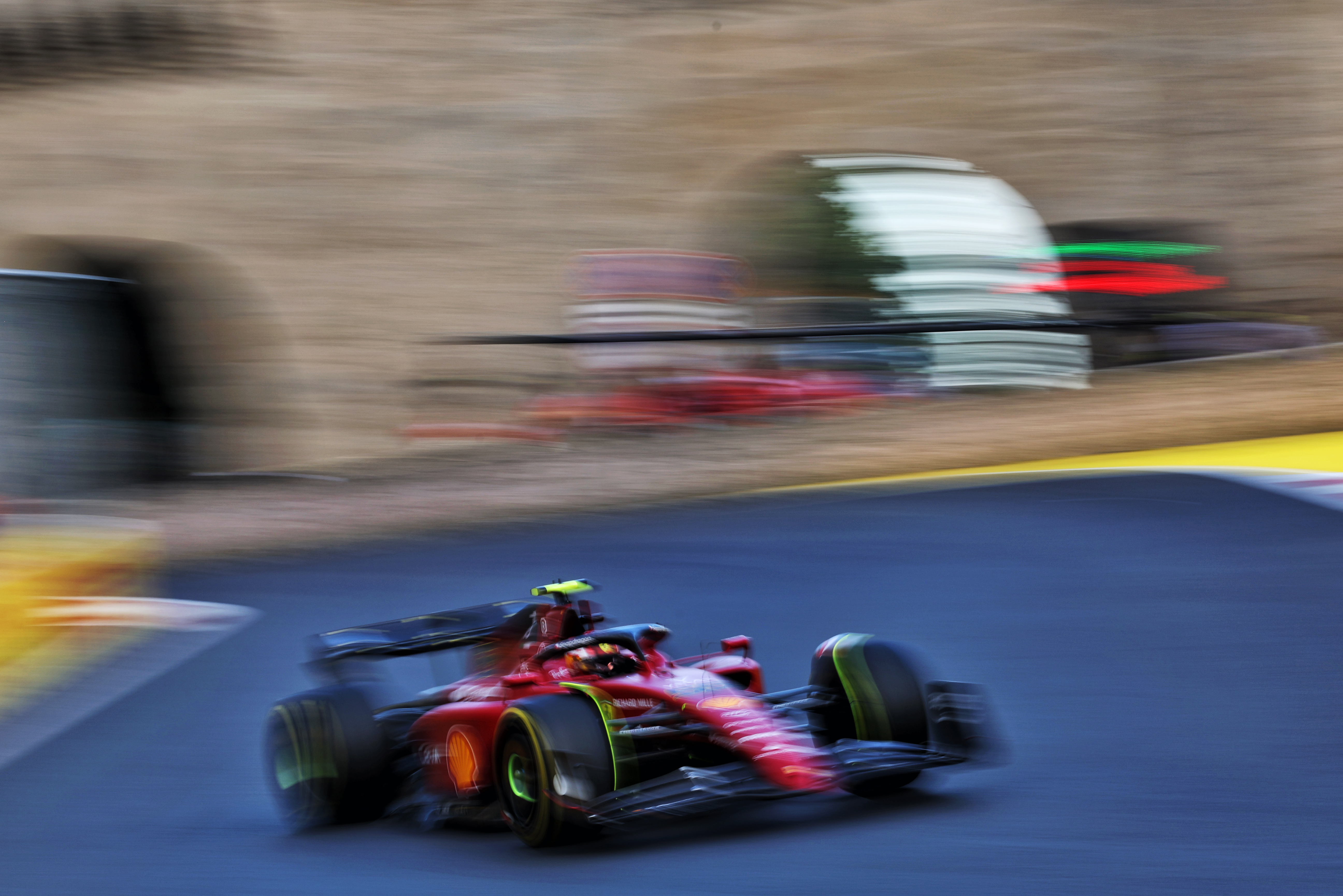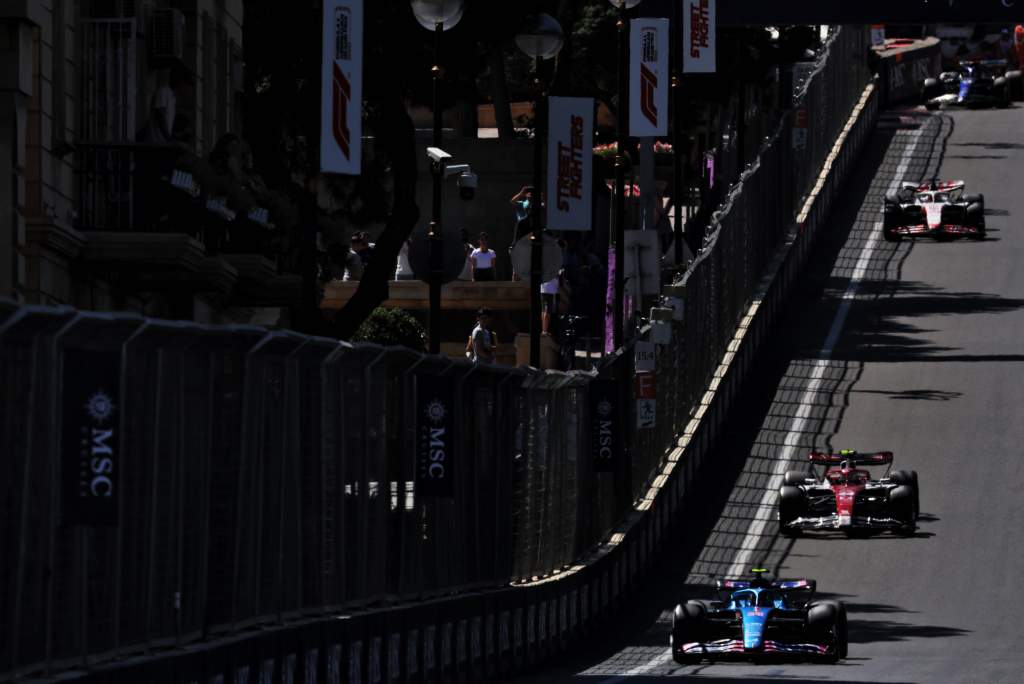Up Next

The FIA taking action on the safety concerns raised by the ride of the 2022 Formula 1 cars is welcome, but as always the devil is in the detail.
I completely agree with the first objective of the technical directive, which the FIA describes as “closer scrutiny of the planks and skids both in terms of their design and the observed wear”.
This should have been monitored very closely from day one as the risks with ground effect cars were well known and we can all see the sparks coming out from the skid plates.
Though as a side note, a few years ago the FIA defined that the skids had to generate sparks to make night races more spectacular.
But the second part, which is “the definition of a metric, based on the car’s vertical acceleration, that will give a quantitative limit for acceptable level of vertical oscillations”, is the more difficult one to implement.
Effectively, it needs to be about the amount of time spent above a certain ‘g’ level.
Currently, these cars corner at around 3.5g, with the odd peak above 4.5g for a maximum of something like a second per lap. If you took the average lateral g over a lap, it would be under 3g, which is fine.
Braking is around 5g, with the odd peak above 6g for a maximum of roughly half-a-second per lap. If you took the average longitudinal g over a lap, it would be under 4g, which again is fine.
In a racing car unless you have an accident – and even then to some extent – lateral and longitudinal g is progressive so builds up to its peak. A fit person could handle 20g for up to approximately a 10-second duration. But vertical g is instant and not so easy to cope with.
However, as it is now if the chassis experiences a vertical acceleration of 100g, the driver will probably only get something like 10g. The seat is not sprung, but the driver is cushioned as long as their tailbone is not sitting on the seat which sits on the base of the chassis.

Using all of that as a reference, I would say anything above 5g vertically, recorded from the driver’s in-ear accelerometer, needs to be for less than a total 0.5s per lap with a peak of 10g for no more than 0.05s at any time. So that’s 50g from the chassis accelerometer for less than 0.5s and 100g peak for no more that 0.05s.
The FIA has all these numbers for each car and driver from the races we have had so far this year, so it should be very easy to come up with a regulation requirement.
What I have suggested is based on ballpark numbers from a back-of-the-envelope calculation, but this is the sort of metric the FIA should work towards.
And if it’s all about safety, start low. After all, you can always increase it.




